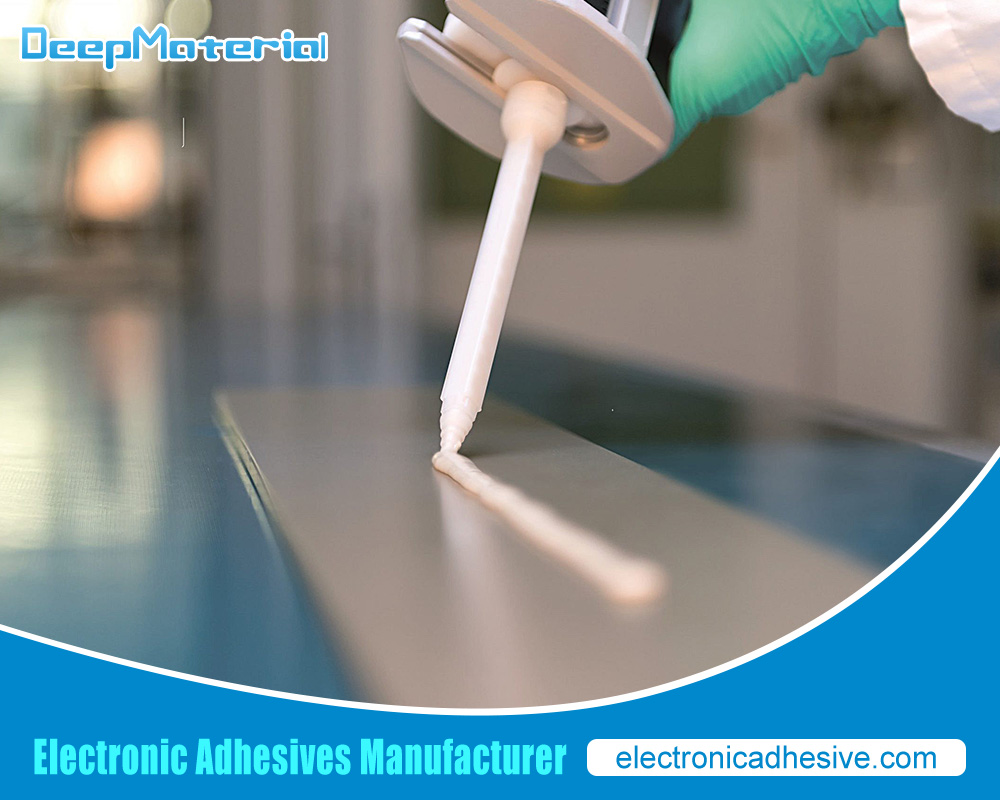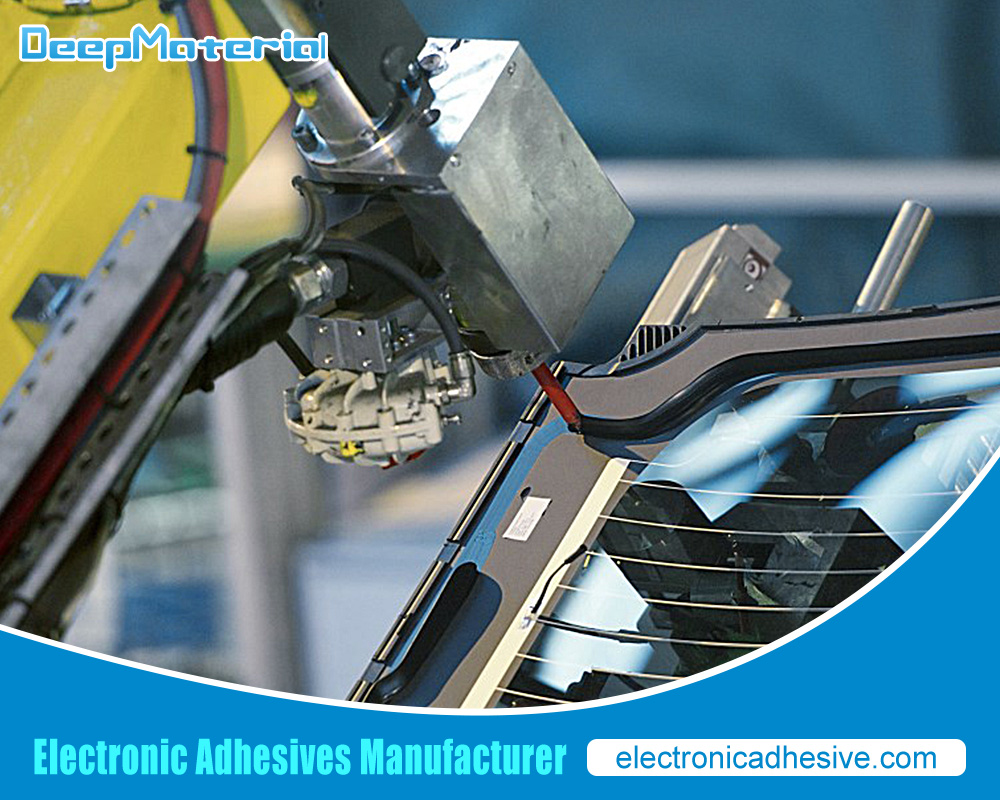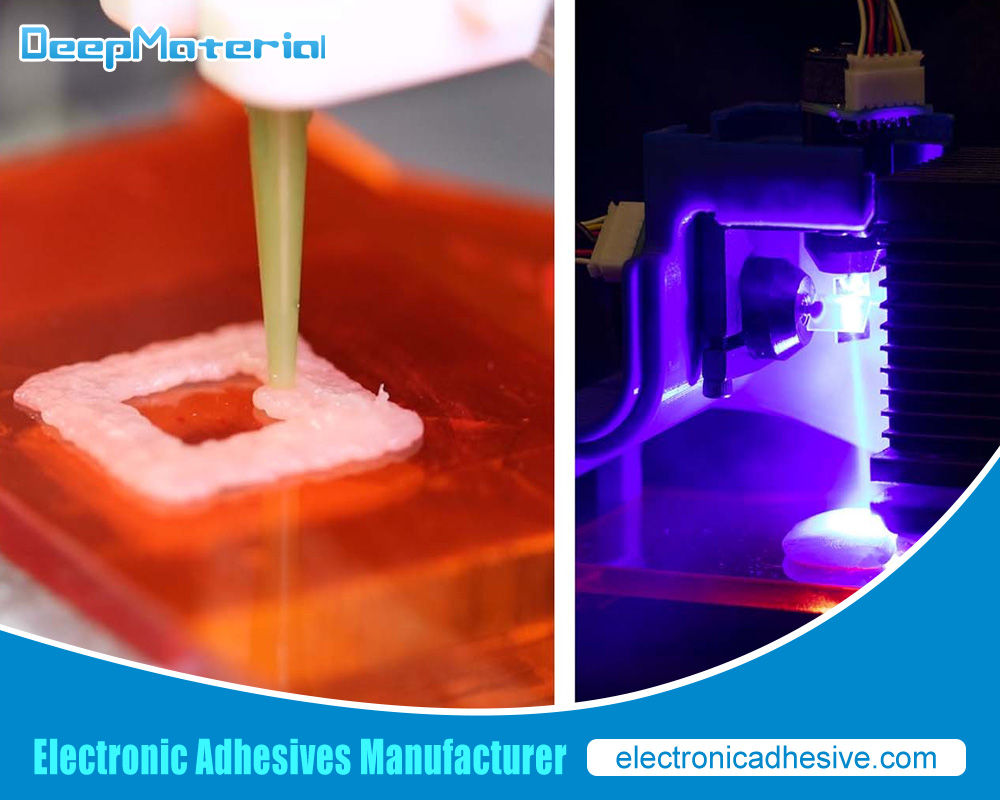Potting Compound for Electronics – How It Affects Performances
Potting Compound for Electronics – How It Affects Performances
Potting compound, also called encapsulant, is used to keep electronic parts safe. It’s like a special liquid that turns solid to make a shield around important electronic bits. It stops problems like water, dust, and big temperature changes from hurting the electronics. Potting compound is great because it also stops electricity from going places it shouldn’t, keeps things cool, and makes sure parts don’t get bumped or broken.
Importance of Potting Compound in Electronics
Protection against environmental factors
Potting compound is super important in electronics. It stops bad environmental issues, like water and dust, from breaking sensitive parts. Imagine your electronic devices getting wet or too hot. Without potting compound, they could break or not last as long. This compound is like a hero for devices in tough spots, like cars, planes, and big machines. It makes sure your electronics can handle rough situations and keep working right.

Improved electrical insulation
Besides keeping electronics safe from heat and the environment, potting compound is awesome at stopping electricity from causing trouble. It keeps the electric current from jumping around and causing shorts. This is a big deal for keeping things working safely, especially in places where electronics face rough conditions. Using potting compound means your gadgets are safer and more reliable for a longer time.
Enhanced thermal management
Keeping electronics at moderate is a big challenge. Too much heat can ruin them. Potting compound helps by spreading out the heat or keeping it away from sensitive parts. It works by either moving heat around so it doesn’t build up or trapping it so it doesn’t cause damage. This helps your electronics run better and last longer. Whether it’s making sure things don’t get too hot or protecting them from getting banged around, potting compound is key for keeping your electronics in tip-top shape.
Mechanical Protection
Electronic parts are very sensitive and can be damaged by things like shaking, hits, or bumps. These kinds of stress can make the parts stop working right, which can be expensive to fix or replace. To stop this from happening, a material called potting compound is used to wrap the parts and protect them from these stresses.
This material helps spread out and absorb any force that might hurt the electronics, keeping them safe. When electronics are made with potting compound, they last longer and are more dependable, even in tough places where they might face hard conditions. This is why potting compound is a must-have when making electronics, especially for very important uses where you can’t afford any failures.
Factors Affecting the Performance of Potting Compound
Curing time: How long a potting compound takes to turn solid is important, especially when making a lot of products quickly. In places where lots of products are made, it’s good to have a compound that dries fast. But, if only a few products are made or they’re special orders, it’s okay if the compound takes longer to dry.
Temperature resistance: Electronics work in all kinds of temperatures, so it’s important to use a potting compound that can handle both the hot and cold temperatures the device will face. The compound should not get soft or break down when it gets really hot.
Chemical resistance: Electronics might touch different chemicals while they’re being used or cleaned. So, the potting compound needs to be tough against these chemicals to keep working well over time. Testing the compound with chemicals can show if it’s a good fit for certain uses.
Adhesion to substrate: It’s important for the potting compound to stick well to the electronics it’s protecting. This stops water from getting in and keeps the parts from moving around too much. Doing tests can show how well the compound sticks to the parts it’s supposed to protect.
Compatibility with other materials: Sometimes, electronics are made with many different materials that might touch the potting compound. It’s important that these materials don’t react badly with the compound. Testing ahead of time can find any problems before the compound is used.
Impact of Potting Compound on Electrical Insulation
How Potting Compound Improves Electrical Insulation
Potting compounds work like a barrier, stopping electricity from moving where it shouldn’t. By covering electronic parts with potting compounds, they make sure electricity only goes where it’s supposed to. This lowers the chance of electrical problems like short circuits or sparks, making the device safer.
Testing Methods for Electrical Insulation
To check if a potting compound is good at stopping electricity, there are special tests. One test looks at how well the compound can handle high voltage without failing. Another test checks how much the compound resists electricity flowing through it. These tests make sure the potting compound can keep electricity under control in its job.
Effect of Potting Compound on Thermal Management
How Potting Compound Enhances Thermal Management
Potting compounds are important for controlling temperature. They can either spread out the heat or keep it in, depending on what’s needed. If a device gets too hot, a potting compound that’s good at moving heat can keep it cool. If it’s important to keep heat from spreading, a compound that doesn’t conduct heat well can be used.
Testing Methods for Thermal Conductivity
To see how well a potting compound handles heat, there are tests. These tests measure how fast heat moves through the compound. This information helps figure out if the compound is good at keeping heat from moving around too much.
Potting Compound and Mechanical Protection
How Potting Compound Provides Mechanical Protection
Potting compounds help protect electronic parts from getting bumped or shaken too much. They soak up or spread out the force from hits or drops, making it less likely for the parts to get damaged. This makes the electronic device more durable and reliable.
Testing Methods for Mechanical Protection
To see how well a potting compound protects against bumps and shakes, there are tests. One test shakes the device to see if the compound can handle it without breaking. Another test drops or hits the device to check if the compound keeps everything safe. These tests make sure the compound can protect the device in real-life situations.

Maximizing Performance with Potting Compound
In the end, potting compound is really important for keeping electronic parts safe and working well. It stops bad things from happening because of the environment, keeps electricity in check, manages heat, and protects against physical damage. When picking a potting compound, think about things like how long it takes to set, how well it handles temperature, how it reacts with chemicals, how well it sticks, and if it works with other materials. Choosing and using the right potting compound helps make sure electronic devices work great and last a long time. Knowing how important potting compound is and picking the right one for what you need means your electronic parts are well-protected and perform their best.
For more about choosing the potting compound for electronics, you can pay a visit to DeepMaterial at https://www.electronicadhesive.com/ for more info.










